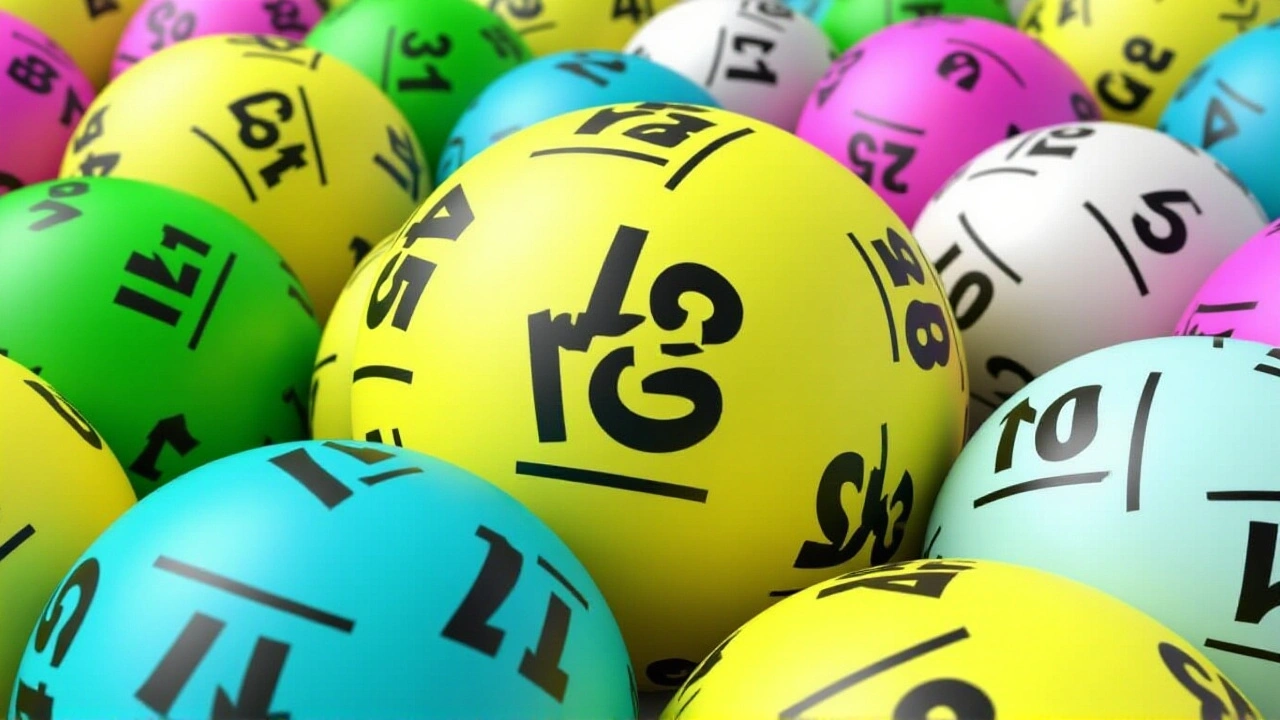Mega Millions – Big Jackpots, News & Updates
When you hear about Mega Millions, a US multi‑state lottery famous for its huge jackpots and twice‑weekly draws. Also called US Mega Millions, it draws millions of players who chase life‑changing sums.
At its core, lottery, a game of chance where participants buy tickets for a chance to win a prize pool is the engine that powers Mega Millions. The lottery’s rules, regulated by state commissions, shape how the jackpot, the top prize that rolls over when no ticket matches all numbers grows from week to week. When a jackpot climbs, ticket sales spike, creating a feedback loop that fuels even larger prizes. This cause‑and‑effect relationship is a key reason why Mega Millions stays in headlines.
How the draw works and why it matters
The draw, the live event where five white balls and one Mega Ball are selected happens every Tuesday and Friday at 11 p.m. ET. The draw determines who wins the jackpot and the lower‑tier prizes. Because the draw is public and audited, trust in the system remains high, and players feel confident their chances are real. The draw also triggers the next round of ticket purchases, linking the event directly to the lottery’s revenue stream.
Every player needs a ticket, a printed or digital proof of number selection that enters a player into the draw. A ticket can be bought at authorized retailers or online in participating states. Buying a ticket is the only way to become eligible for the jackpot, and the number of tickets sold drives the jackpot size. That simple link—ticket sales → jackpot growth—explains why big jackpot announcements flood social media and news feeds.
Understanding the odds is crucial. To win the Mega Millions jackpot, a player must match all five white balls plus the Mega Ball. That translates to odds of about 1 in 302 million, a figure that sounds daunting but also adds to the excitement. The odds are a fixed attribute of the lottery, unchanged by the size of the jackpot, which means the allure of a massive prize does not affect the mathematical probability.
Regulations also play a big role. State gaming commissions set rules about ticket age limits, prize claim periods, and tax withholdings. These regulations influence how quickly winners can collect their money and how much they actually keep after federal and state taxes. When a winner claims a jackpot, they often face decisions about lump‑sum versus annuity payments—both options have financial implications that affect long‑term wealth.
Beyond the numbers, Mega Millions stories often highlight human angles: the surprise of a retiree who wins on a “just for fun” ticket, the charity donations sparked by a big win, or the local buzz when a small town gets its first millionaire. These narratives give the lottery a cultural footprint, turning a game of chance into a shared experience across the country.
Below you’ll find a collection of recent Mega Millions articles that dive deeper into jackpot trends, winner interviews, draw analyses, and ticket‑buying tips. Whether you’re a casual player curious about the latest prize or a seasoned gambler tracking odds, this roundup gives you the context you need before the next draw.
Mega Millions Draw on June 10, 2025: Numbers, 4X Multiplier and Reporting Mix‑Up
Mega Millions drew 30‑33‑40‑43‑52 with Mega Ball 25 and a 4X multiplier on June 10, 2025. A reporting slip mixed up Powerball terms, prompting clarification from lottery officials.

